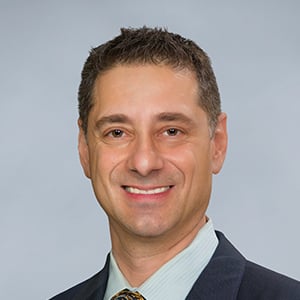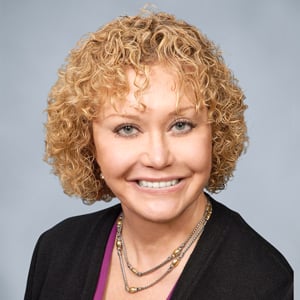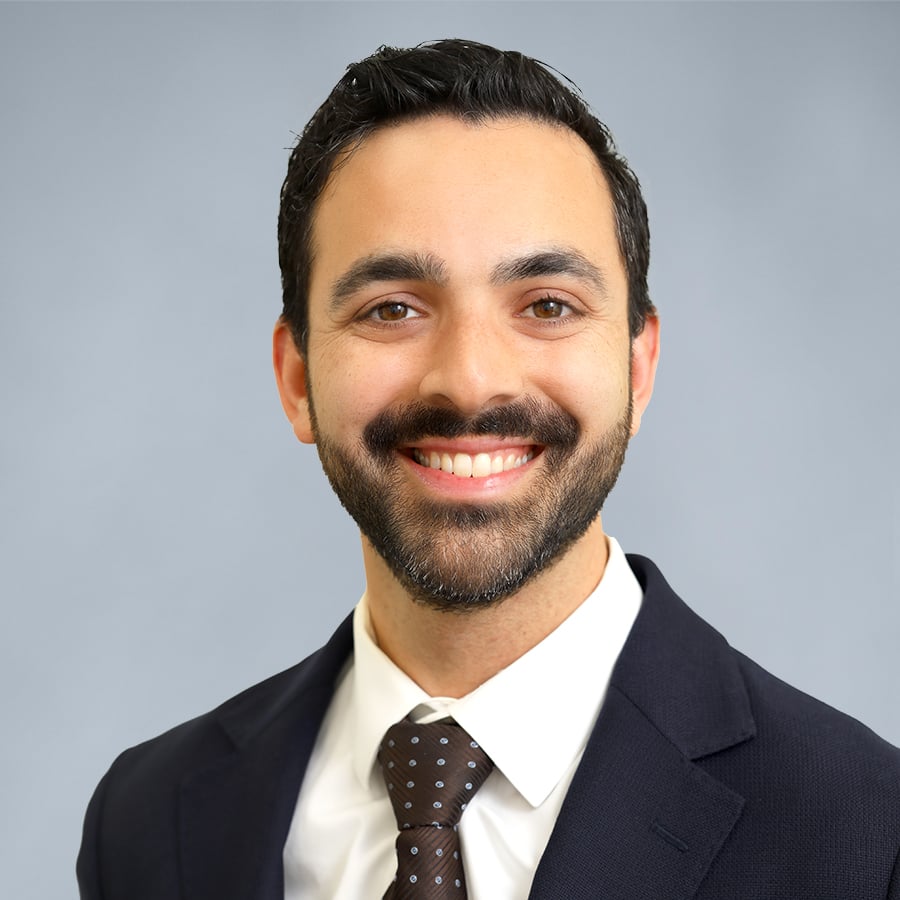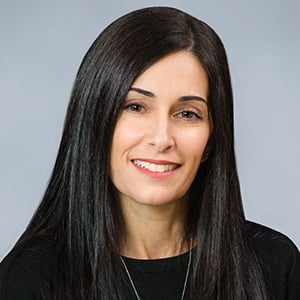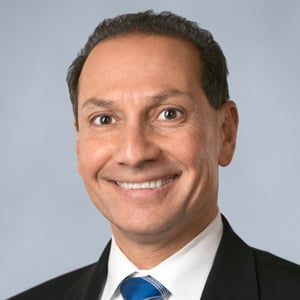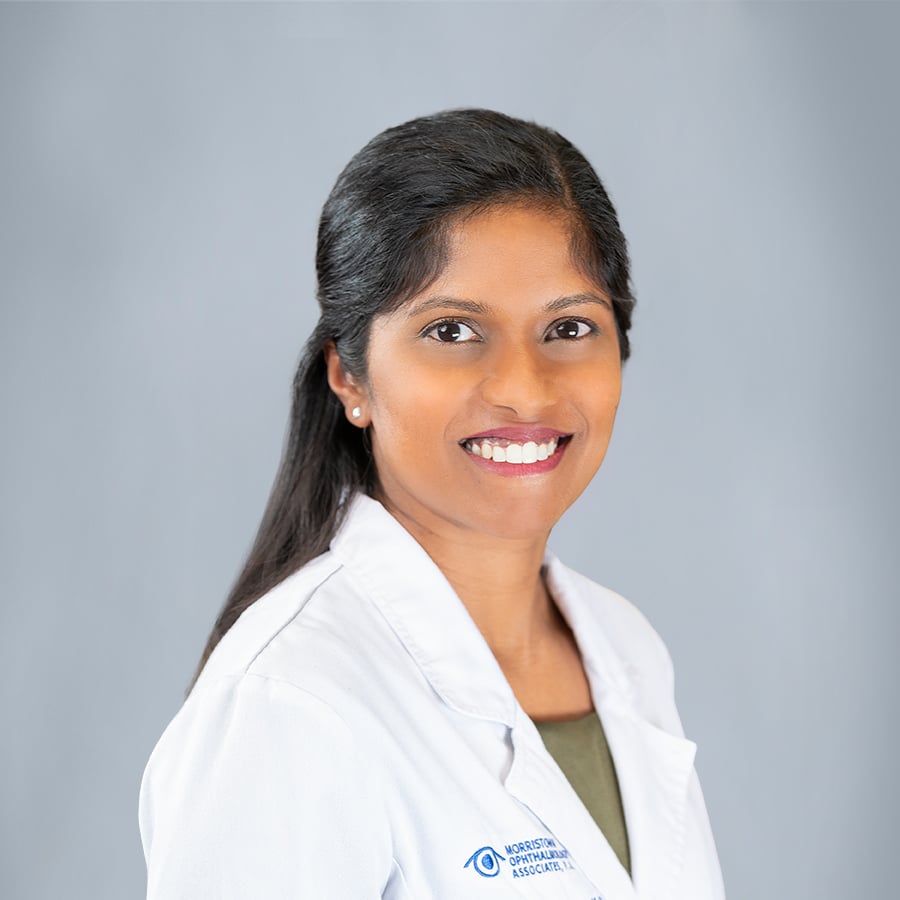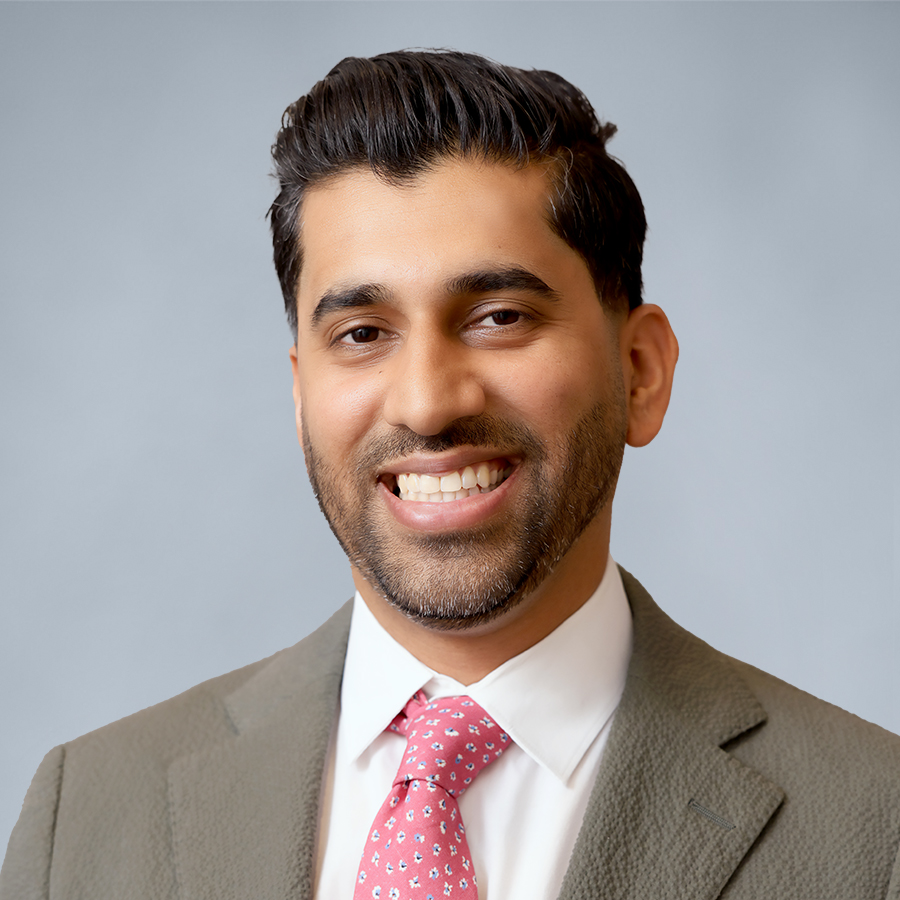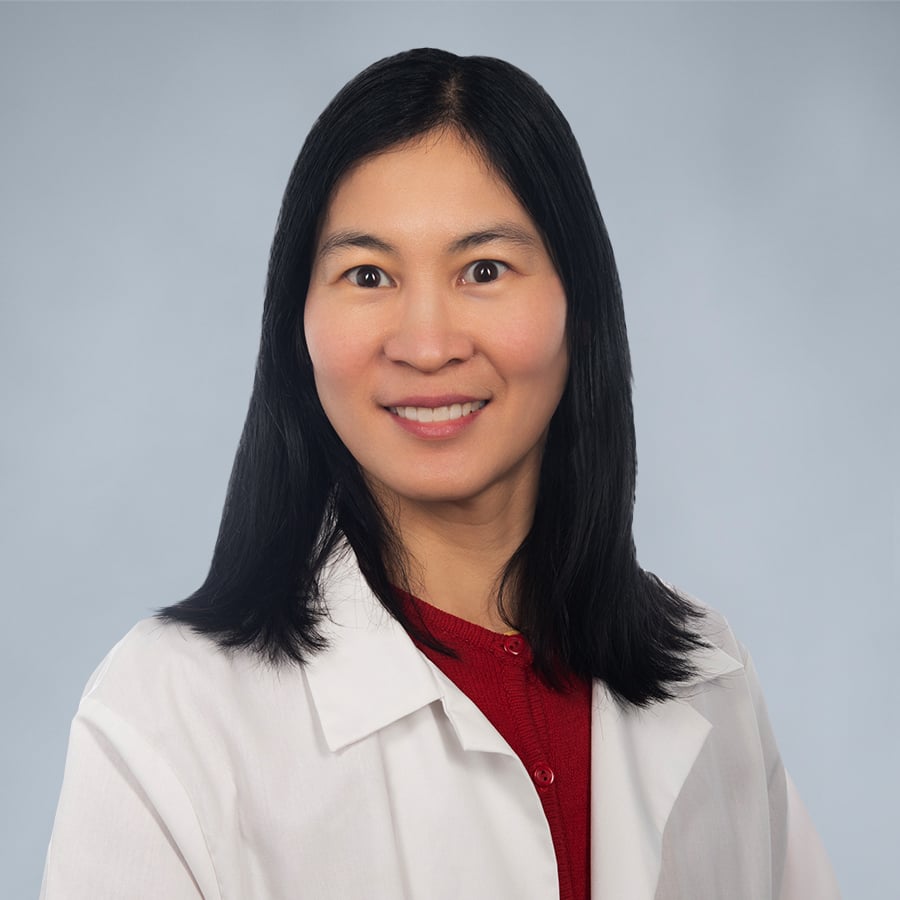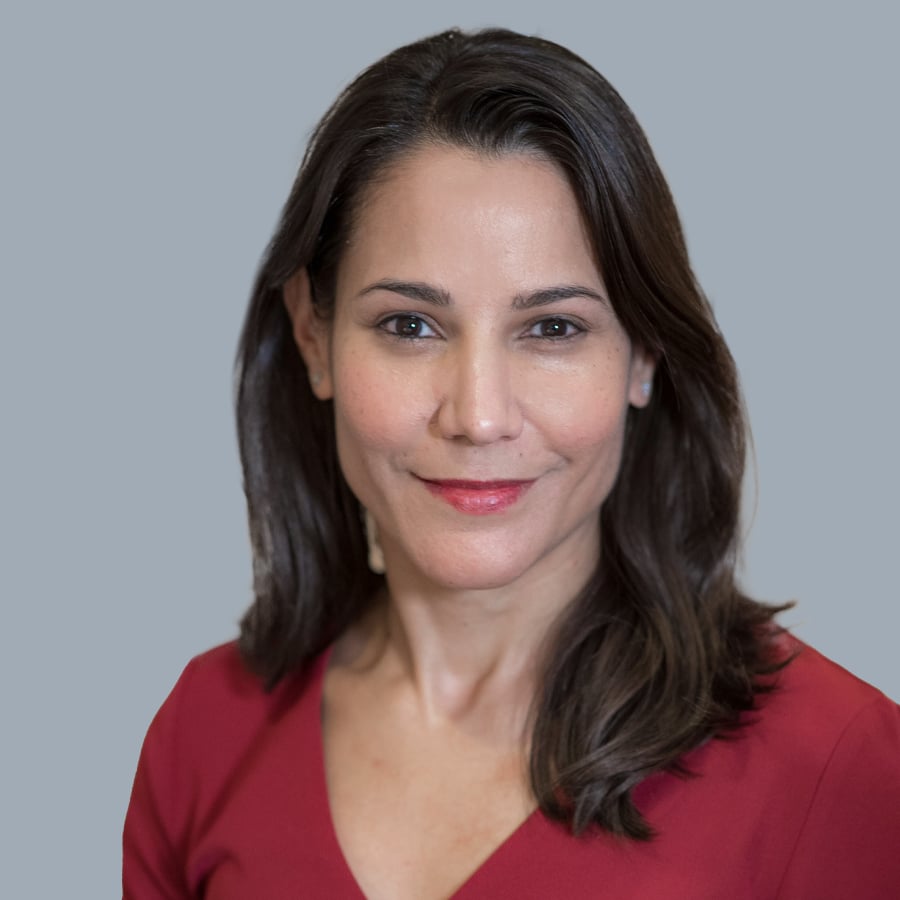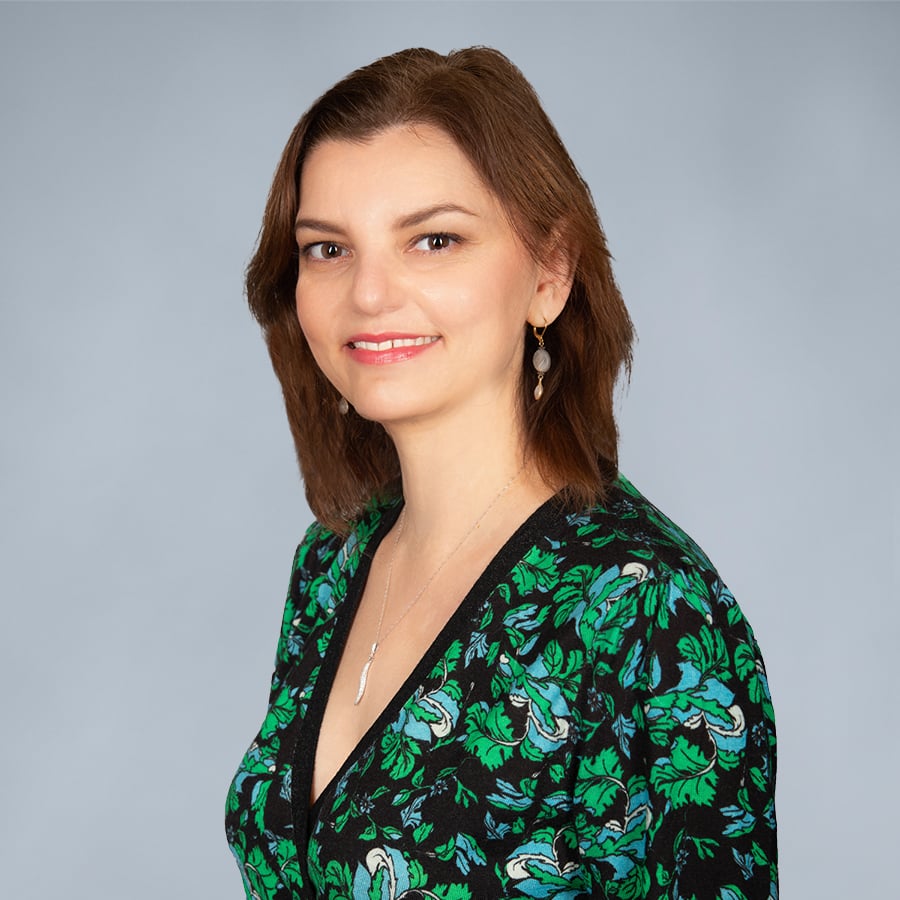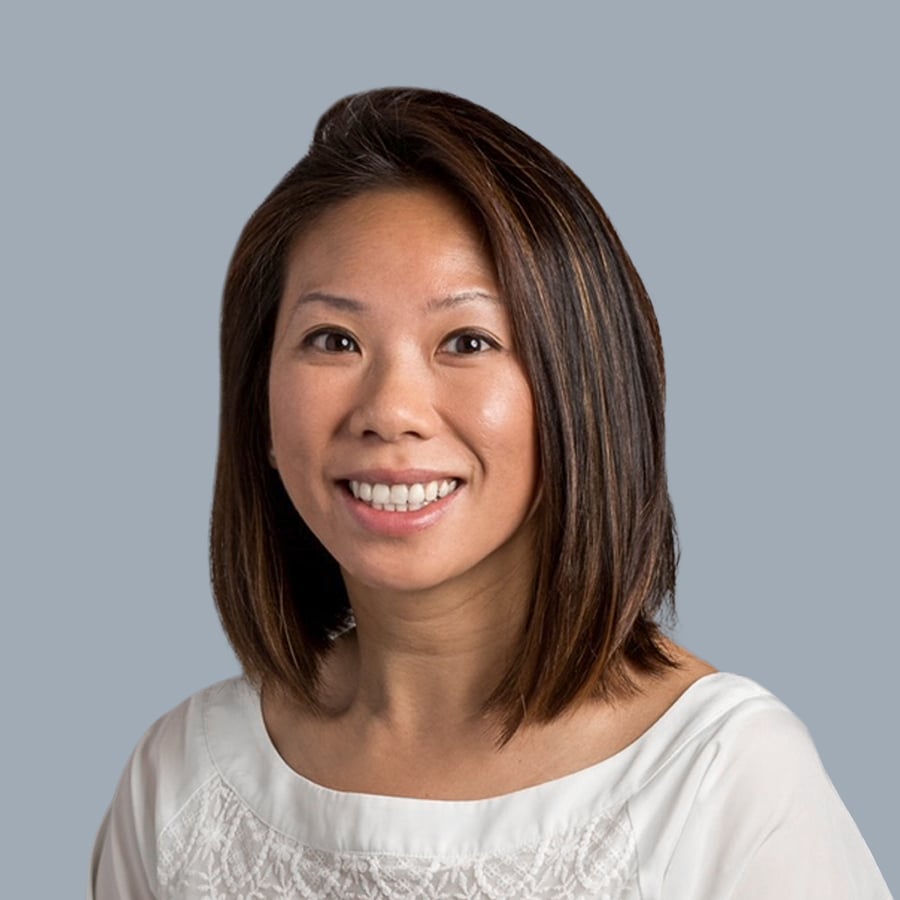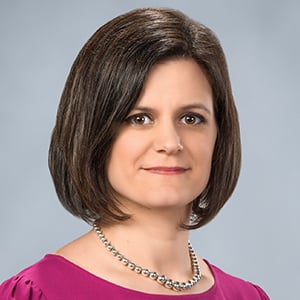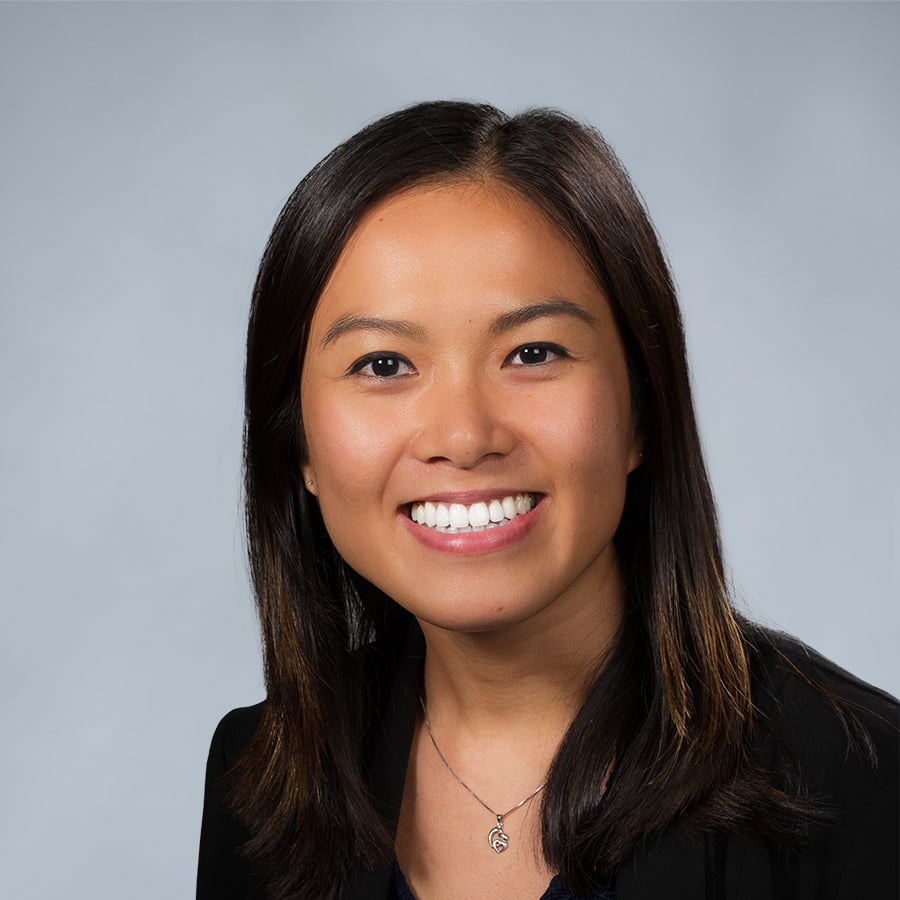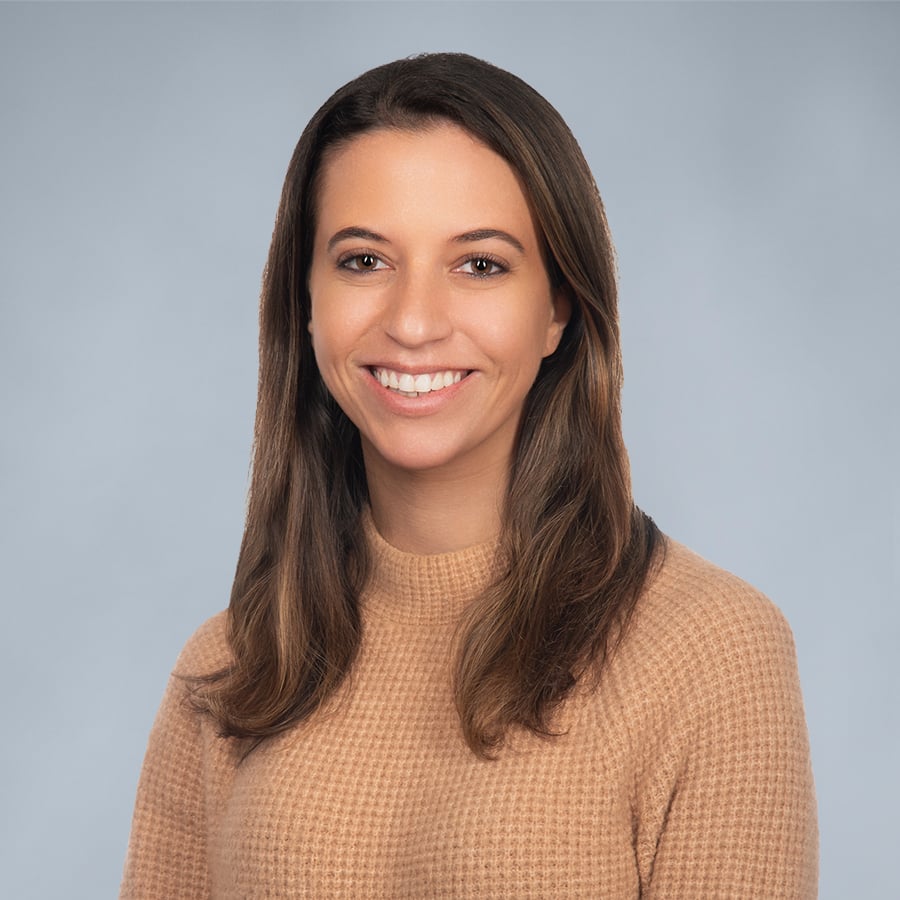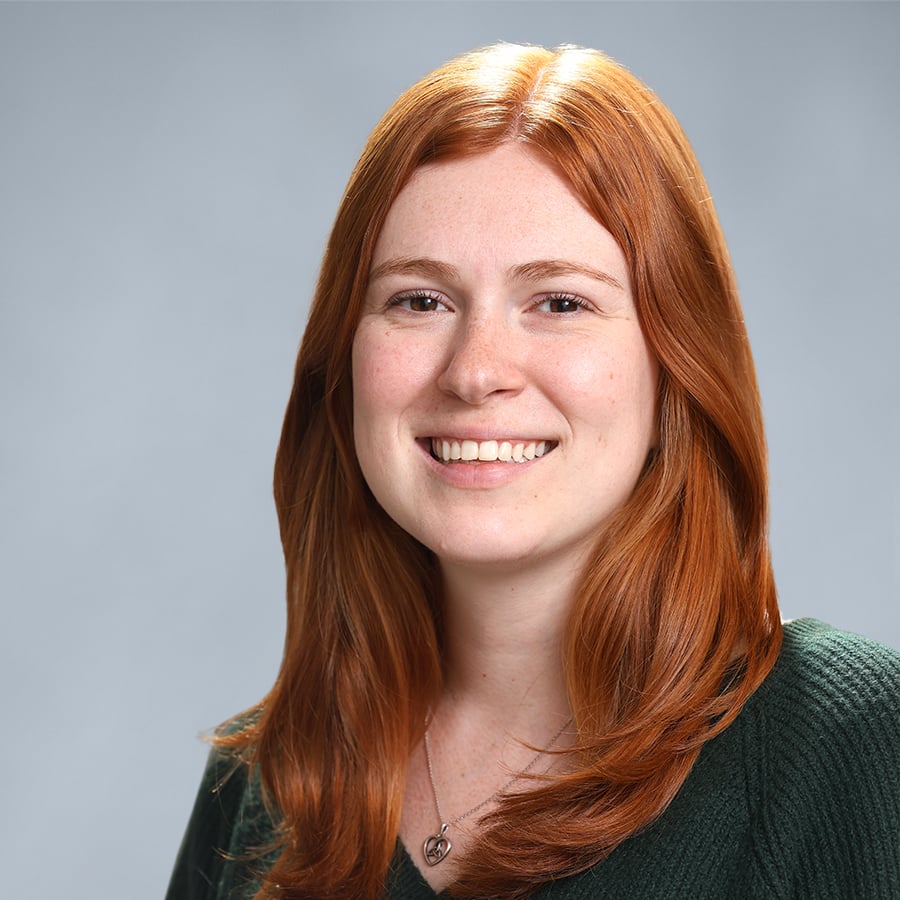TEARLAB®: Know your number
According to numerous peer-reviewed studies (many performed by OCLI doctors), the new tear osmolarity test may be the single best technique for the diagnosis of Dry Eye Disease. Tear osmolarity is a key indicator of tear film quality and can reveal the potential for and presence of aqueous deficient and/or evaporative dry eye disease. OCLI doctors use a diagnostic device, the TearLab Osmolarity test diagnostic tool, which specifically assesses this marker and is extremely beneficial for both the diagnosis and treatment path of Dry Eye Disease.
The TearLab Osmolarity Test is intended to measure the osmolarity of human tears to aid in the diagnosis of dry eye disease in conjunction with other methods of clinical evaluation. TearLab’s sophisticated lab-on-a-chip technology tests a tiny tear sample to measure osmolarity, or the salt content in the tears. Your osmolarity number gives your OCLI doctor a meaningful measure of the health and stability of the protective tear film that covers the surface of your eyes.
OCLI is an accredited TearLab Dry Eye Center and uses the TearLab® Osmolarity Test. The test is done in the office, painless and gives an immediate response.
Meibomian Gland Imaging®
OCLI is one of the first practices in the country to have meibomian gland imaging. With this technology an image is taken of the glands in the eyelids that secrete the oils which coat the eye. Your OCLI eye doctor can then assess the health of your oil glands and the correct therapy required.
LipiView®
LipiView® is an ophthalmic imaging system that allows our doctors at OCLI to capture digital images of the tear film, the meibomian glands, the surface of the cornea and eyelids. The LipiView® analysis is vital to detecting the severity of a patient’s dry eye syndrome. From these images, doctors are able to determine which treatment method will work best for you, as well as determine the cause of symptoms. LipiView® also assesses blinking function. If your dry eye symptoms are caused by deficient oil production, or if a gland is blocked, it will be evident through LipiView®.
The LipiView® procedure is quick, painless and has no associated side effects. You will be asked to look into a special light camera and blink normally. The rest is taken care of by the computer-controlled program, which measures and captures the tear content and quality. This procedure takes place in-office and takes about 5 minutes from beginning to end.
Inflammadry®
Inflammadry is an in-office procedure, which aids in diagnosing dry eye syndrome. Inflammadry tests the tear composition for the presence of an enzyme known as matrix metalloproteinase-9 (MMP-9). The presence of this enzyme indicates inflammation, meaning that anti-inflammatory treatments may be the answer.
The Inflammadry procedure is quick and painless, only requiring a small applicator to briefly touch the inner eyelid. Results from this test are obtained within 10 minutes, and tell doctors which treatment methods will work best for you.
Schirmer’s test
This quick test is used to measure tear production. Our doctors here at OCLI use the information from this test to determine the best course of treatment. The procedure goes as follows:
- Your doctor will install a drop of local anesthetic if desired, but this is not necessary.
- A filter paper (5 mm x 35 mm with folded end) will be prepared.
- Your eye will be gently dried.
- The filter paper will be applied with the folded end hooked on to the lower lid margin at the junction between the middle and outer third (take care not to touch the cornea).
- You will be asked to keep your eye open and blink normally.
- Your doctor will measure the amount of wetting after five minutes: wetting of
If you are searching for renowned dry eye experts in the Long Island area, OCLI is the place for you. Call us today or request an appointment online!


